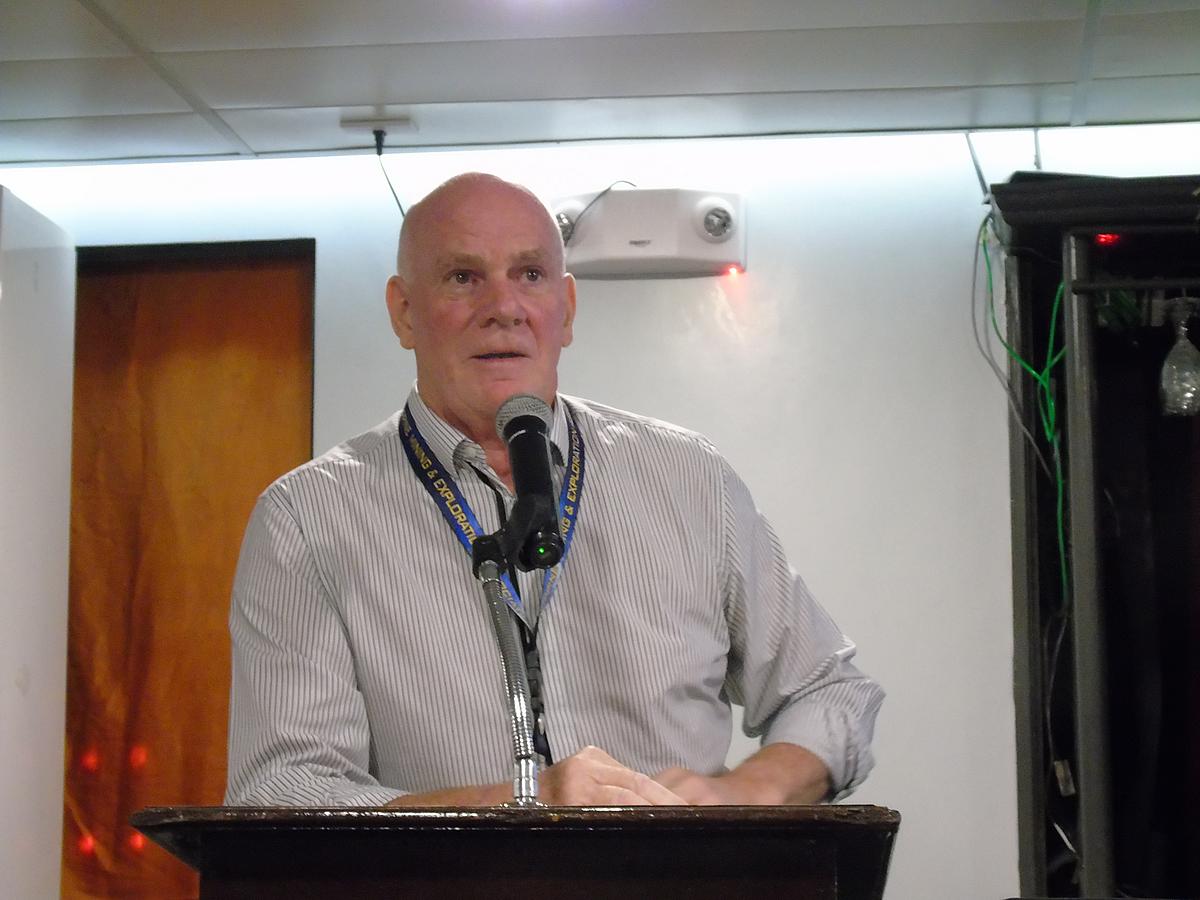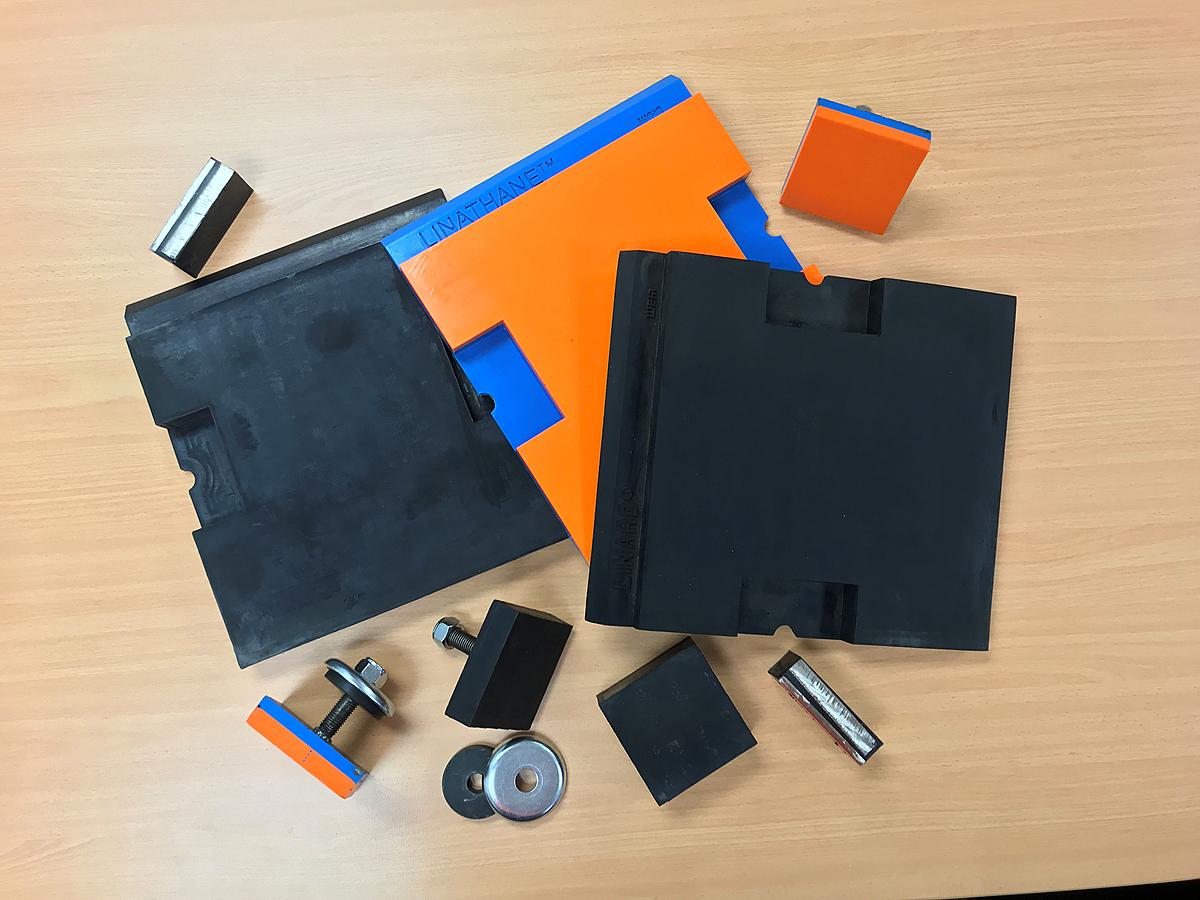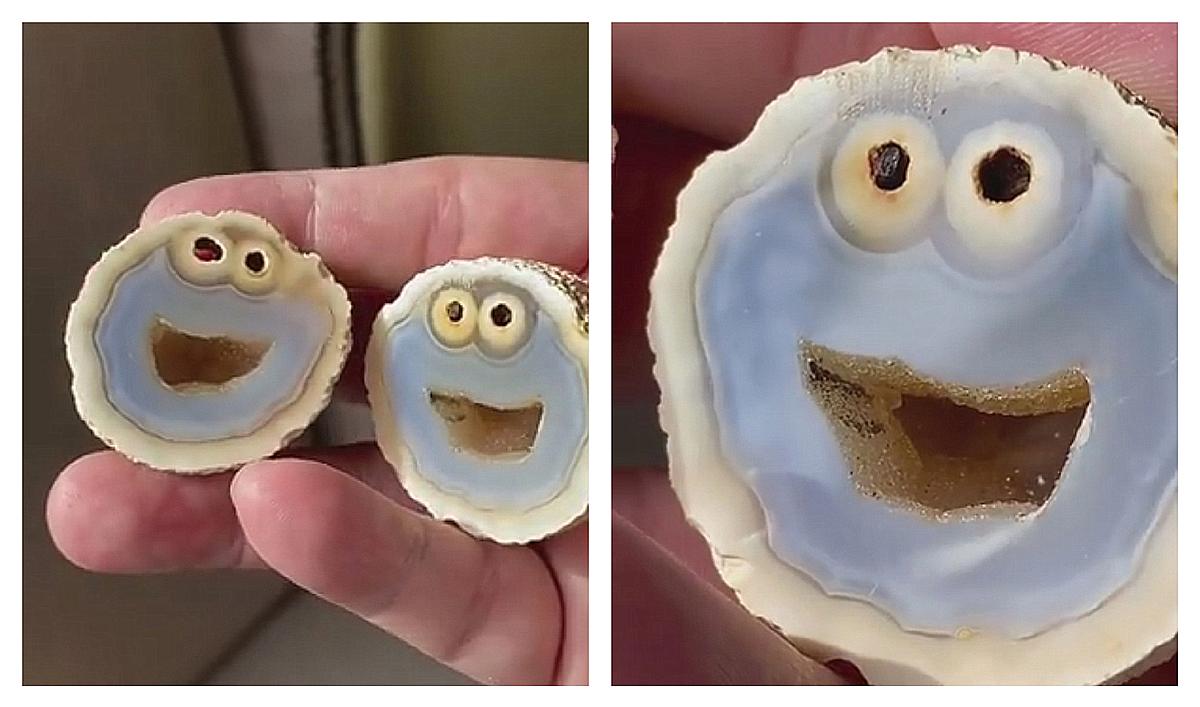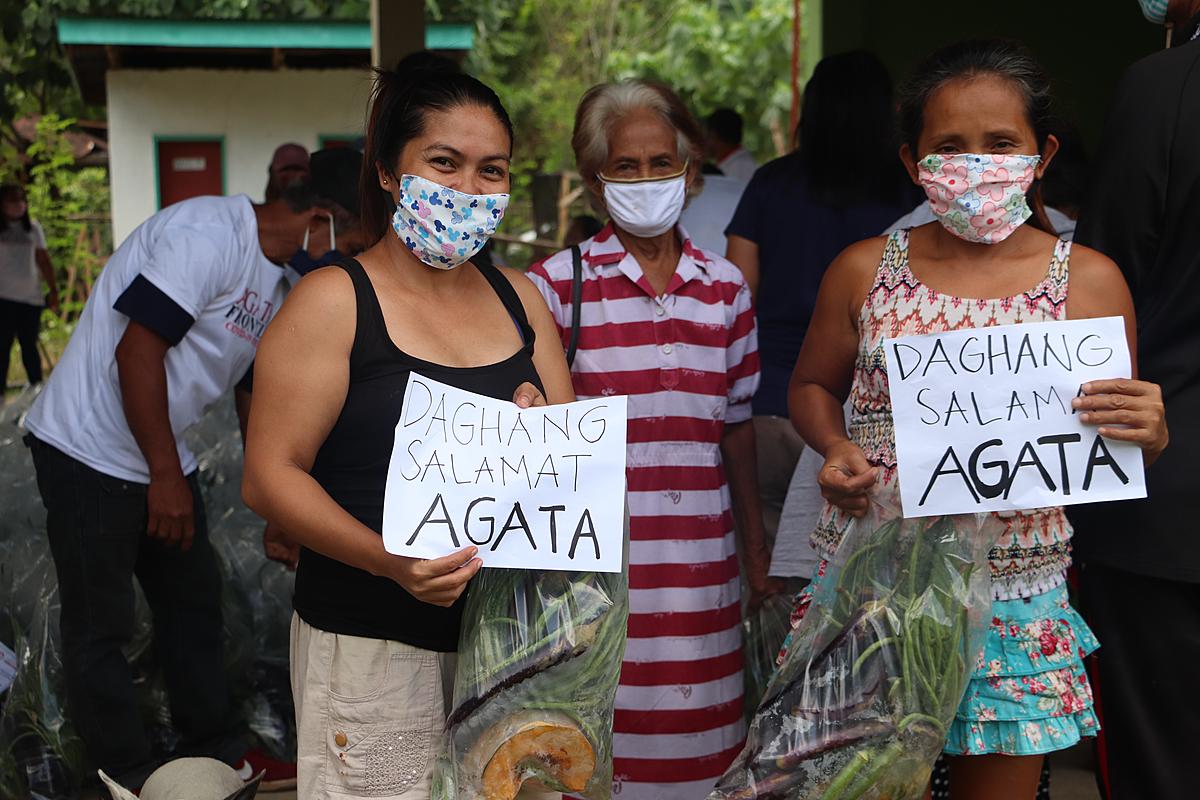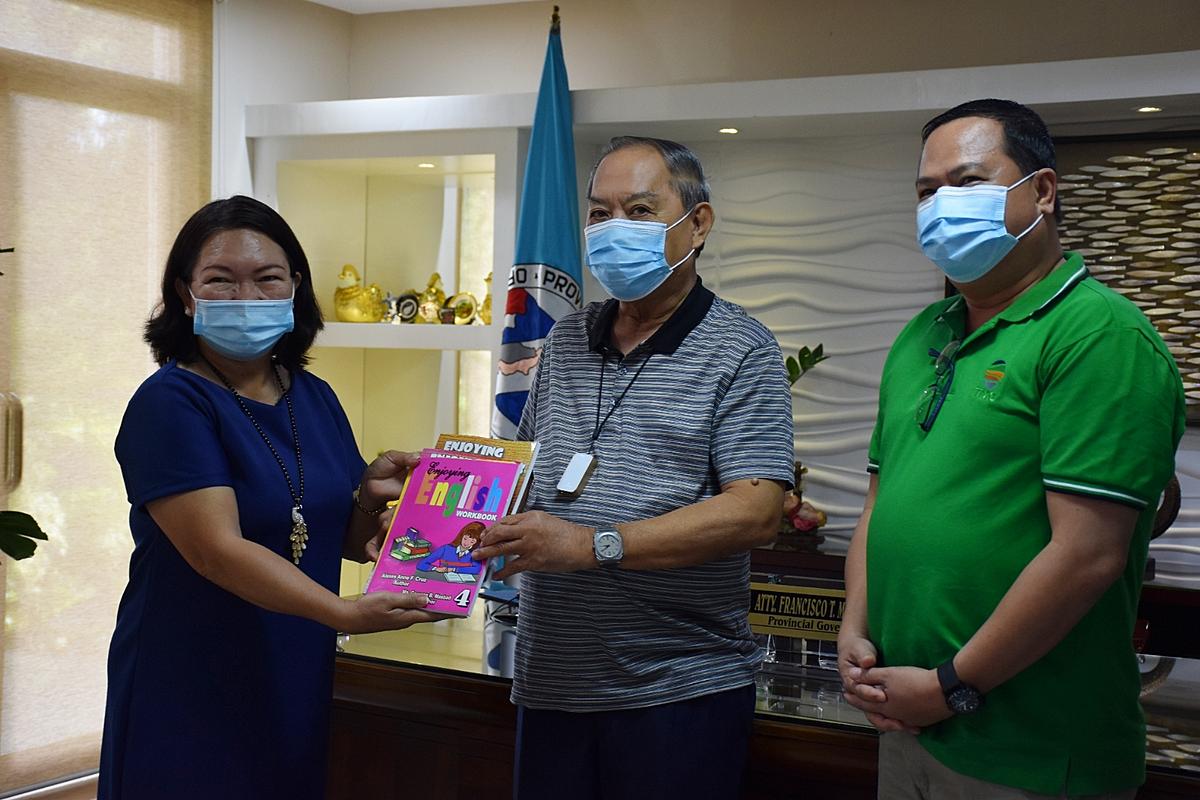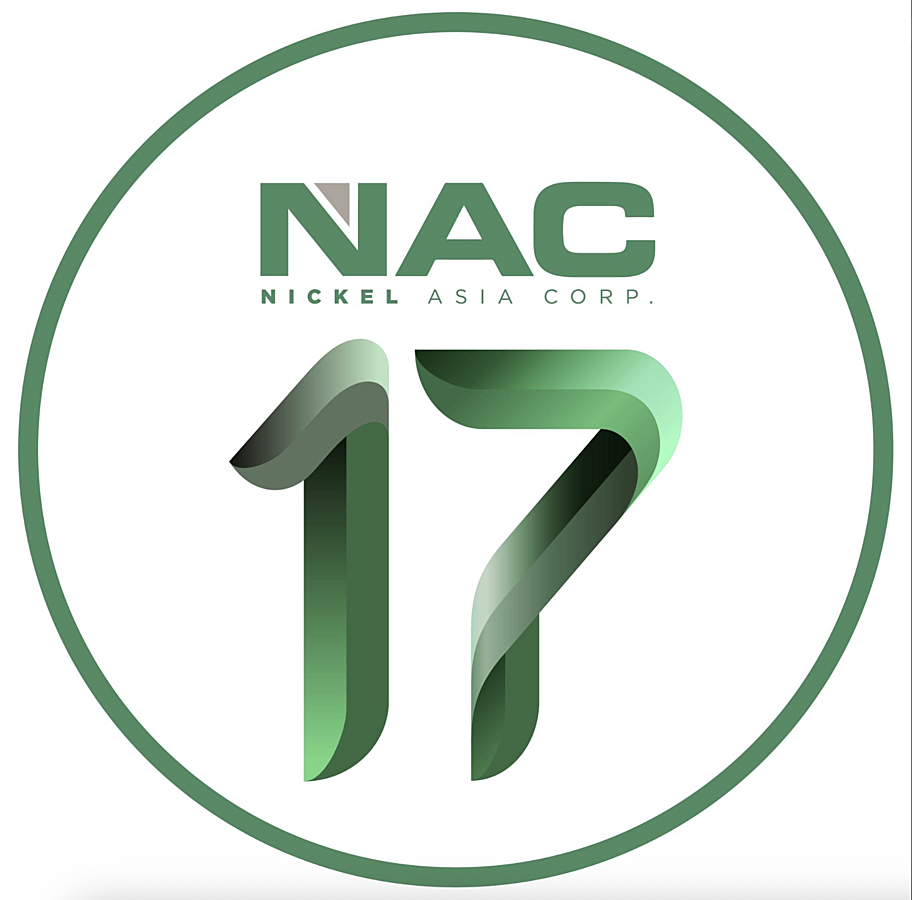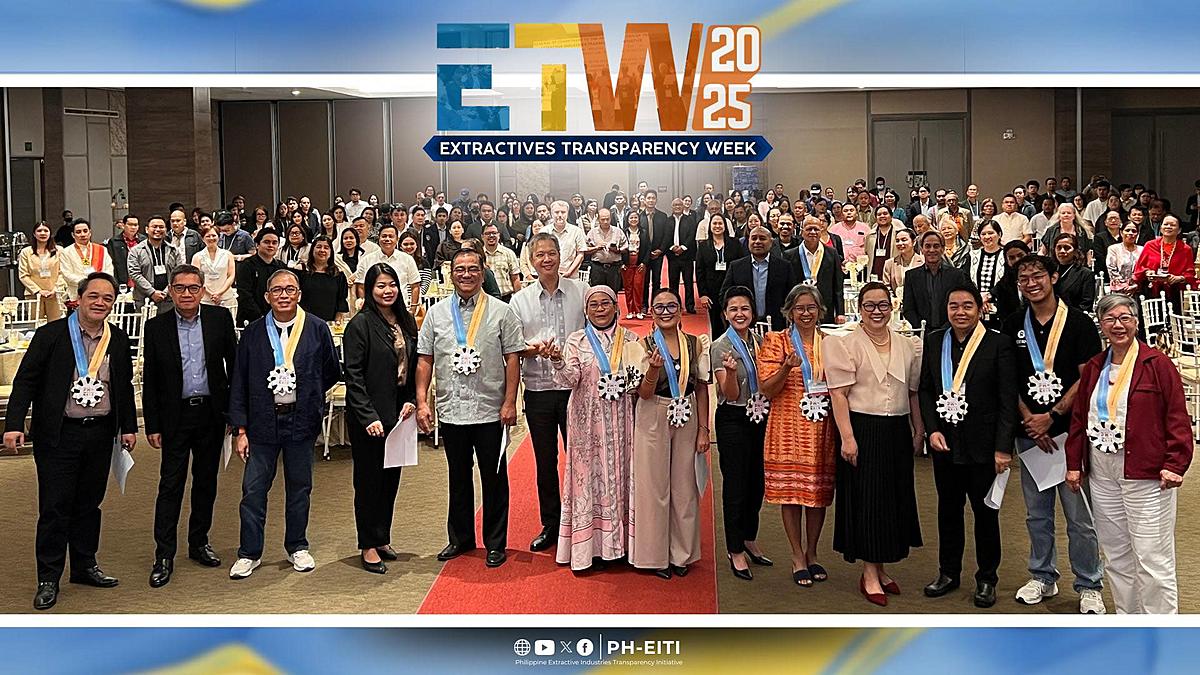2 March 2020, PMEA Monthly Membership Meeting, Manila Elks Club, Makati City - "Sustainability Management" by Mr. Ian Moller, Country Manager, General Manager Sustainability, FCF Minerals (Photo by Marcelle P. Villegas, Philippine Resources Journal)
By Marcelle P. Villegas
Early in May, FCF Minerals Corporation joined the national and local government in Bayombong, Nueva Vizcaya with efforts to help the locals in the province during the COVID-19 pandemic. FCF workers distributed the company’s donations of sacks of rice to the LGU of Quezon, Nueva Vizcaya. According to Country Manager and Acting General Manager, Mr Ian Moller, they have funds for their Social Development and Management Programs (SDMP) to support the Bayanihan to Heal as One Act of the national government. “This is in response to the advice of the MGB for mining companies to use our remaining funds from our SDMP to support the affected impact and non-impact communities due to the COVID-19,” according to Mr Moller. [1]
FCF Minerals Corporation has initially donated 2500 face masks and 25 gallons of alcohol to the provincial government, 20 pieces of Tyvek suits and goggles to the Municipal Health Office of Quezon town and 50 sacks of rice to the Quezon LGU. [1]
Two months ago, (2 March 2020), Philippine Mining and Exploration Association invited Mr Ian Moller as their guest speaker for the March Monthly Membership Meeting. This was held in Manila Elks Club in Makati. Mr Moller presented with the topic "Sustainability Management".
Mr Moller has been the Country Manager and Acting General Manager of FCF Minerals since August 2016. He has a diverse background in consulting and site operations, project development and project management of major developments global projects in mining, energy, manufacturing facilities, infrastructure and natural resource utilization.
FCF Minerals Corporation is a mining company that engages in exploration, development, and commercial operation of mineral claims of gold and molybdenum mining projects. [2] Their mine site in Nueva Vizcaya is 300 km from Manila or a 6-hours drive, according to Mr Moller..
“Sustainability is a word that's often used and abused, but in the context with what I will share with you tonight, it is sustainability in terms of staying in business. In the PH mining industry, that is a serious challenge to stay in business,” said Mr Moller.
He describes their mines as a Surface Mine which is an open terracing-type development. “The tailings dam or residual storage impoundment as it's called is continuing to be developed in another valley, and that is constructed using some of the waste rock from the mine.”
“We have a processing plant which is a biological oxidation process, the only one in the Philippines together with a cyanide destruction technology which is also biological, which is the largest and most efficient in the world in this application. We also have a number of other dump sites.”
“One of the features of the project is we have a very high proportion of females in the work force and they do all kinds of jobs. They're really good people -- the locals of Runruno… the ladies and mothers.”
He further describes the mine site, “The residual storage impoundment is built up in an adjacent valley” It has a vertical rising of the wall and a spillway. “To date in the four years of operation, the spillway has not operated. The free board is maintained to 5 meters so even two successive typhoons have not resulted in any discharge through the spillway from the impoundment.”
With regards to environmental rehabilitation, he stated, “One of the aspects of mining in the Philippines is that for every tree that you cut related to mining, you need to plant 100 additional trees somewhere. For every hectare that you disturb, you have to replace that area by 2 hectares somewhere. So we have quite a lot of offsite tree planting and reforestation of areas that have got nothing to do with the mine at all. And to date, we have planted over 3 million trees in the first four years of the operation, because of the appropriate requirements of 100 trees to 1.”
“So the logical conclusion is that if you want to rehabilitate the Philippines, you need more mining, because for every tree that we cut, we plant another hundred trees somewhere. Every hectare that we disturb, we rehabilitate two hectares somewhere else and it's all offsite. We simply do not have enough land that we've actually disturbed for mining to consume all of that.”
In his presentation, he discussed the Mine Environment Protection and Enhancement Office with the following points:.
Mining Forest Program:
To date, a total of 392.783 hectares were planted under the Mining Forest Program (MFP) of the company.
As against the total disturbed areas to date (182.52 hectares) and with regards to the compliance obligation of two hectares replacement for every hectare of area cleared / disturbed, FCF Minerals Corporation is at 107.60% compliant.
A total of 175 surface owners benefited from the Care and Maintenance Program of Mining Forest plantation areas.
Special Tree-Cutting and Earth Balling Permit - As of Q4-2019, under the three Special Tree Cutting Permits used to FCF Minerals Corporation, the company increased its compliance to 62.53% with regards to its obligation of one hundred seedlings replacement for every tree cut (1:100). Also todate, tree clearing continues with a 7-year extension of its STCEP No.3 last December 18, 2018 denoted as STCEP No. RII-21-2018.
Mr Moller also gave a rundown of some of the company’s latest accomplishments, namely:
Community Relations Office - Progress the implementation of the remaining PPAs under the 2017, 2018 and 2019 ASDMP budget:
2019 SDMP Financial Accomplishment: 77.00%
Physical Accomplishment: 95.08%
Infrastructure Projects - K to 12 workshop building of Runruno National High School, Multi-Purpose Hall of Runruno Elementary School, flood control structures, water system, irrigation canals, farm-to-market roads and improvement of daycare buildings
Education - Participation of FCF to the National Literacy Forum sponsored by the Literacy Coordinating Council for the presentation of the award-winning Best Practices of the Program: Handog-Aral sa Ikauunlad ng Buhay.
Enterprise Development - Partnership with TESDA and Tam-an for skills training program. 8 ALS Learners and OSY's from Runruno competed Automotive Servicing with NCR Certifications.
Access to Health Services, Professionals and Health Facilities - Support to the Construction of Municipal Sanitary Land Fill (funded from the SDMP shares of the 12 Barangays of Quezon), purchase of ambulance for Barangay Runruno.
Safety and Environment - CFC Minerals Corporation won the National Best Mining Forest Award (2nd time), Achieved 10M hours LTI free in Feb. 2020, and their Emergency Response Team won 2nd place in the Fire Olympics/5th in PMSEA Fire and Rescue Competition. Notably, there was no lost time in 10 million man hours. Mr Moller said, “We can't remember the last time somebody had an accident and didn't come to work the next day.”
With regards to Sustainability Management, he said, “Four years ago when Ian Holzberger, the former CEO, Chairman and President, invited me to consider joining FCF to actually put into place the first sustainability report. He did that in the knowledge that FCF would be placing some significant challenges in Nueva Vizcaya.” By the “challenges” that time, he was referring to the history of Oceanagold and also actions of some of the anti-mining groups.
“So his foresight is well and truly validated. The challenge to me at the time was just ot prepare the sustainability report at which we've done to prepare. We took the global initiative guidelines. It requires you to go through an arduous process and it is very time-consuming.”
The Global Initiative Guidelines for Sustainability Management covers 33 topics, 76 disclosures and the Progressive Disclosure can help drive performance in the value-creation area. Here are the steps he mentioned on how to make a Sustainability report:
1) Prepare - Plan your reporting process.
2) Connect - Input from key stakeholders
3) Define - Define your report content.
4) Monitor - Gather and analyze information.
5) Report - Finalize and distribute your sustainability report
-----
References:
[1] Ebreo, Benjamin Moses M. (3 May 2020). “Vizcaya mine firm joins fight vs. COVID-19”. Philippine Information Agency
[2] FCF Minerals Corporation company profile by Bloomberg.com

